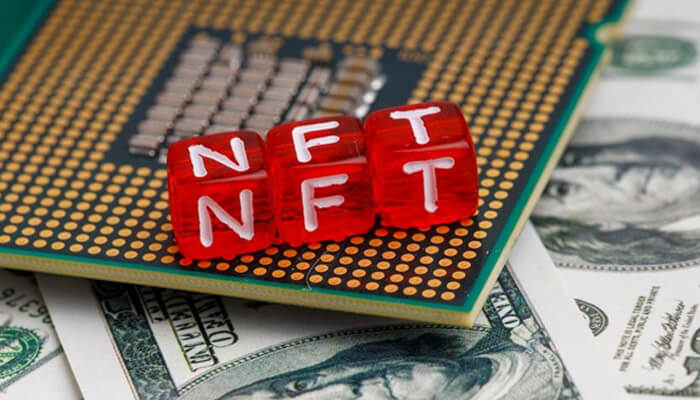US bank failures fuel crypto adoption
Cryptocurrency use in the US surged amid fears of a full-blown banking crisis, a new poll shows. According to Morning Consult, 22% of Americans, over one in five, said they owned at least one form of crypto in April, representing a four percentage point increase from January.
Unsurprisingly, Bitcoin was the most widely held digital asset in April, with 16% of respondents saying they owned some of it. This is up from 13 per cent the previous year. Ethereum was the number two asset, with 12% ownership in April 2023, followed by Binance Coin and Tether with 8% each.
However, I must point out that many people will take issue with Bitcoin being labeled as a “crypto”; even Securities and Exchange Commission (SEC) Chairman Gary Gensler and Commodity Futures Trading Commission (CFTC) Chief Rostin Behnam have both described the world’s largest digital asset as a commodity.
Traditional finance under pressure
Again, the surge in crypto ownership was likely linked to ongoing market turmoil involving the banking industry – particularly the failures of Silicon Valley Bank (SVB), Signature Bank and, more recently, First Republic Bank.
San Francisco-based First Republic became the third US bank to fail this year, making it the second largest bank in US history to do so. JPMorgan, the nation’s largest bank with more than $2.6 trillion in assets, got even bigger this past weekend when it bought First Republic at auction from the Federal Deposit Insurance Corporation (FDIC).
Digital assets – which many investors believe could one day replace traditional financial products and services – surged last week. The Bloomberg Galaxy Crypto Index rose 4.69%, while Bitcoin rose 7.64%.
Seeking exposure to Bitcoin and gold producers
According to the Morning Consult survey, over a quarter of Americans (27%) said they plan to increase their Bitcoin holdings in the next month. 21 percent said the same about Ethereum.
But cryptos weren’t the only assets that investors sought, as banks looked increasingly precarious. Gold producers have also benefited.
The chart below compares three asset classes’ market capitalization change in billions of dollars since the start of the year. SVB, Signature, Credit Suisse and First Republic have collectively lost 50 billion dollars. Meanwhile, gold producers, as measured by the NYSE Arca Gold Miners Index, have gained over $41 billion in market capitalization, and Bitcoin has added nearly $255 billion, from $318 billion at the start of 2023 to $566 billion today.
Dedollarization concerns persist and gold remains underinvested
Also supporting gold and Bitcoin is the ever-decreasing value of the US dollar. The dollar rose marginally on Friday, but fell 0.16% for the week.
Gold climbs on a softer dollar
American global investors
Investors and analysts continue to sound the alarm over the dedollarization trend, which I wrote about in early April. Stephen Jen, managing director of asset management firm Eurizon SLJ and former managing director of Morgan Stanley, says the dollar is losing its reserve currency status at a “staggering” pace. According to him, the dollar has given up about 11% of its market share since 2016 and doubled that amount since 2008.
The yen appears to be blaming US sanctions on Russia for the collapse. “Exceptional actions taken by the United States and its allies against Russia have alarmed major reserve-holding countries,” he wrote in a note last week.
Elon Musk echoed the sentiment, tweeting: “If you weaponize currency enough times, other countries will stop using it.”
Meanwhile, billionaire investor Stanley Druckenmiller says shorting the US dollar is his only high conviction right now, adding that he has never seen such uncertainty in global markets in his 45 years of investing. In the early 1990s, Druckenmiller – working with George Soros – bet against the British pound and made more than $1 billion.
If what Jen, Musk, and Druckenmiller are saying resonates with you, gold (and Bitcoin) might make sense.
In light of this, I was surprised to see that gold still represents a relatively small fraction of the $266 trillion investment market. The global holdings of gold bullion – including bars, coins and gold ETFs – currently held by investors total about $3 trillion, according to the World Gold Council (WGC). This amounts to around 1% of the total amount invested in all financial assets, from shares and bonds to alternative assets.
I think it’s important to have a well-diversified portfolio, and that includes exposure to gold. I have always recommended a 10% weighting in gold and gold mining stocks, and with the dollar potentially on shaky ground, my conviction has grown even stronger.
Follow me on Twitter or LinkedIn. check out my website.

























